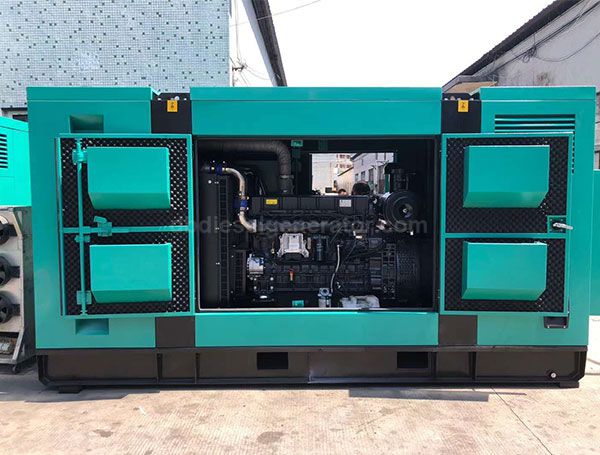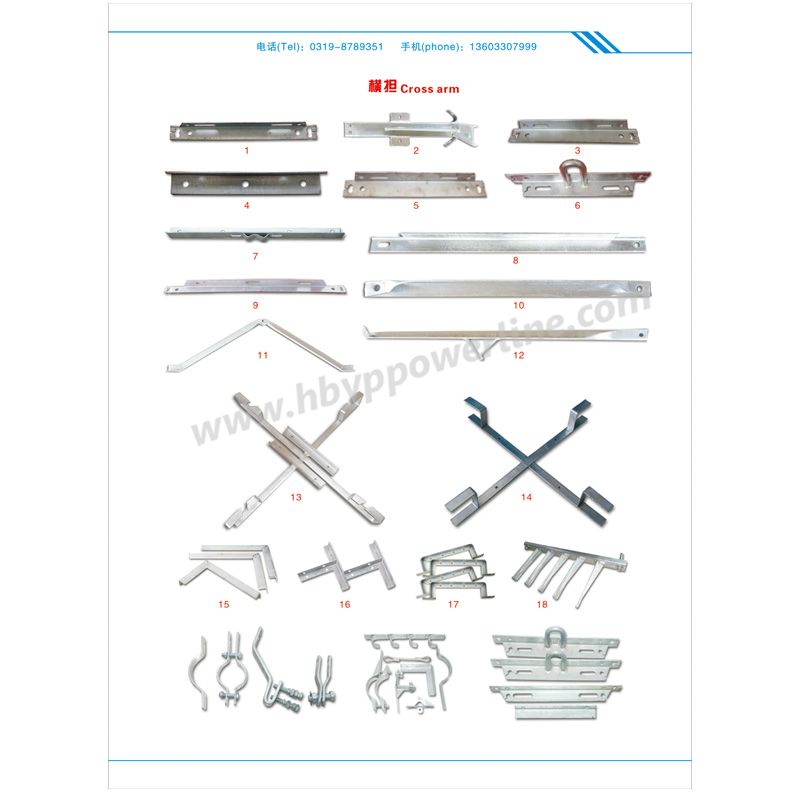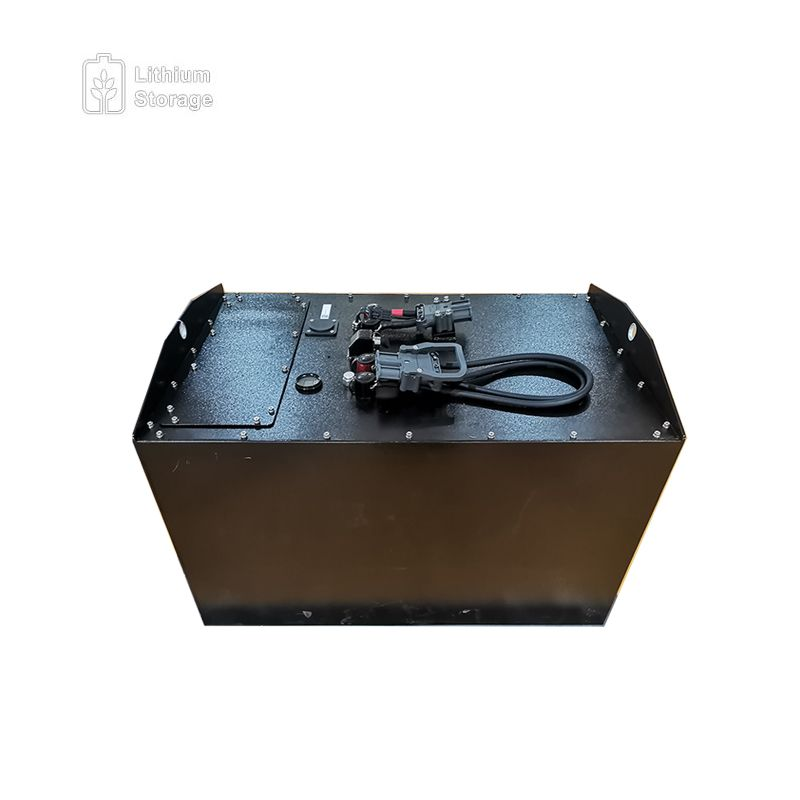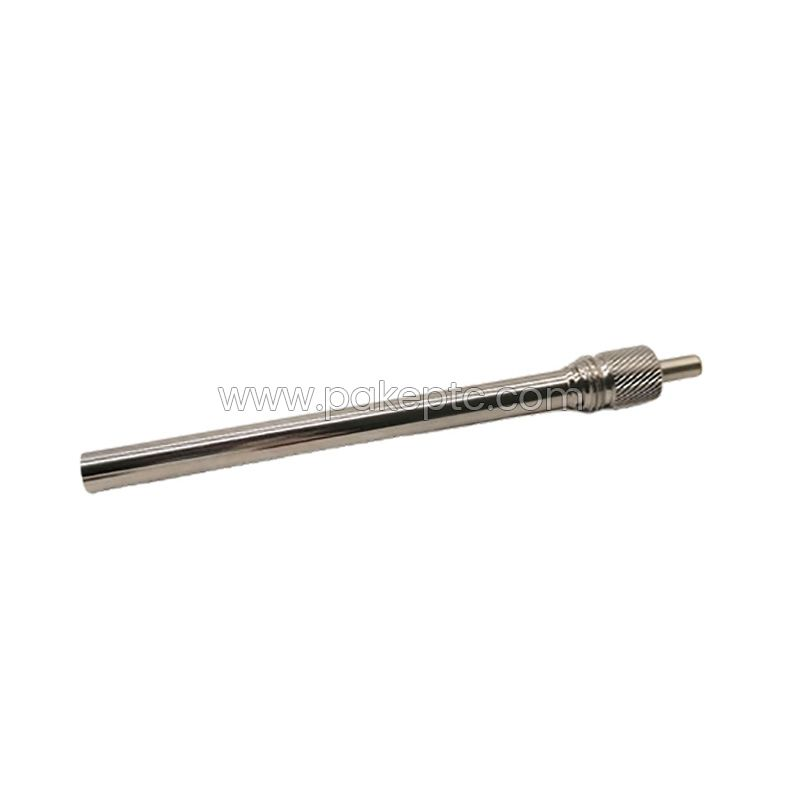Maximizing Safety in Lithium Battery Pack Assembly Lines
In the realm of lithium battery pack assembly, ensuring safety is paramount to the success of any manufacturing process. The demand for efficient and high-quality lithium batteries has surged in recent years, making it imperative for assembly lines to adopt rigorous safety measures. This article delves into the intricacies of safety protocols required for a lithium battery pack assembly line, highlighting key practices that contribute to a secure and efficient manufacturing environment.
Understanding the Risks
Identifying Potential Hazards
Before delving into safety measures, it is crucial to understand the inherent risks associated with lithium battery pack assembly. Lithium batteries pose unique challenges due to their chemical composition, making them susceptible to overheating, short circuits, and even thermal runaway. Recognizing these potential hazards is the first step toward formulating a robust safety strategy.
Implementing Comprehensive Safety Measures
Designing Ergonomic Workspaces
Creating ergonomically sound workspaces is fundamental in minimizing accidents and ensuring the well-being of assembly line workers. This involves strategically placing workstations, providing adequate lighting, and incorporating safety features such as emergency shut-off switches. A well-designed workspace not only enhances efficiency but also mitigates the risk of accidents.
Investing in State-of-the-Art Equipment
Equipping the assembly line with cutting-edge machinery is pivotal for maintaining a safe working environment. Advanced technology can detect anomalies in real-time, preventing potential issues before they escalate. Automated systems for handling and assembling battery components not only enhance precision but also contribute significantly to the overall safety of the assembly line.
Strict Adherence to Protocols
Establishing and strictly enforcing safety protocols is non-negotiable. This includes detailed guidelines for handling lithium battery components, emergency response procedures, and regular safety drills to ensure that all employees are well-versed in safety protocols. Regular audits and assessments should be conducted to identify areas for improvement.
Ensuring Workforce Safety
Providing Comprehensive Training Programs
Knowledge is the first line of defense against accidents. Implementing comprehensive training programs for assembly line workers ensures that they are well-educated on the potential risks and adept at using safety equipment. This knowledge empowers employees to respond effectively in case of emergencies.
Recommended article:Introduction Lithium Storage's NCM 51Ah-1P12S VDA Battery Module
Anti-Surge Fixed Resistors: Ensuring Stability and Protection
Features and Applications of Segment LCD Modules
What is a System-on-Module (SOM)?
Key Features of the Huawei Rectifier Module
What Is Digital Signage and How Does It Work?
The Rise of 12-Inch Android Tablets: Unveiling Their Versatility and Functionality
Supplying Personal Protective Equipment (PPE)
Outfitting workers with appropriate PPE is a cornerstone of prismatic lithium battery pack assembly line safety. This includes flame-resistant clothing, safety goggles, gloves, and other protective gear designed to mitigate the impact of any unforeseen incidents. Prioritizing the well-being of the workforce is not only ethical but also crucial for maintaining a secure working environment.
Environmental Controls
Implementing Temperature and Humidity Controls
Lithium batteries are sensitive to environmental conditions, and deviations from optimal temperature and humidity levels can lead to safety issues. Implementing precise environmental controls within the assembly area is essential. This includes HVAC systems to regulate temperature and humidity, safeguarding the integrity of the battery components.
Adequate Ventilation Systems
Given the potential for off-gassing during battery assembly, ensuring proper ventilation is imperative. Ventilation systems equipped with air purification technologies help in dispersing potentially harmful gases, maintaining air quality, and creating a safer working environment for all personnel.
Continuous Improvement and Adaptation
Regular Safety Audits and Updates
The landscape of battery technology is ever-evolving, necessitating a commitment to continuous improvement in safety protocols. Regular safety audits should be conducted to identify areas for enhancement, and any updates in safety regulations or technological advancements should be promptly integrated into the assembly line processes.
In conclusion, the safety of a lithium battery pack assembly line is a multifaceted responsibility that demands unwavering commitment and a proactive approach. By understanding the risks, implementing comprehensive safety measures, prioritizing workforce safety, and incorporating environmental controls, manufacturers can not only meet regulatory standards but also create an environment that fosters efficiency and innovation in lithium battery production.
Recommended article:What is a LiFePO4 battery, and how does it differ from other types of lithium batteries?
What Size Are Quick to Change Tool Posts?
Raycom Attend the 6th China (Kunming) South Asia Social Public Security Technology Expo 2023
Can welding cable be used as power cable?
What is surface mount technology (SMT)?
Installing a Suspension Clamp: A Comprehensive Guide
What industries benefit from touch screen industrial PCs?
- 0












